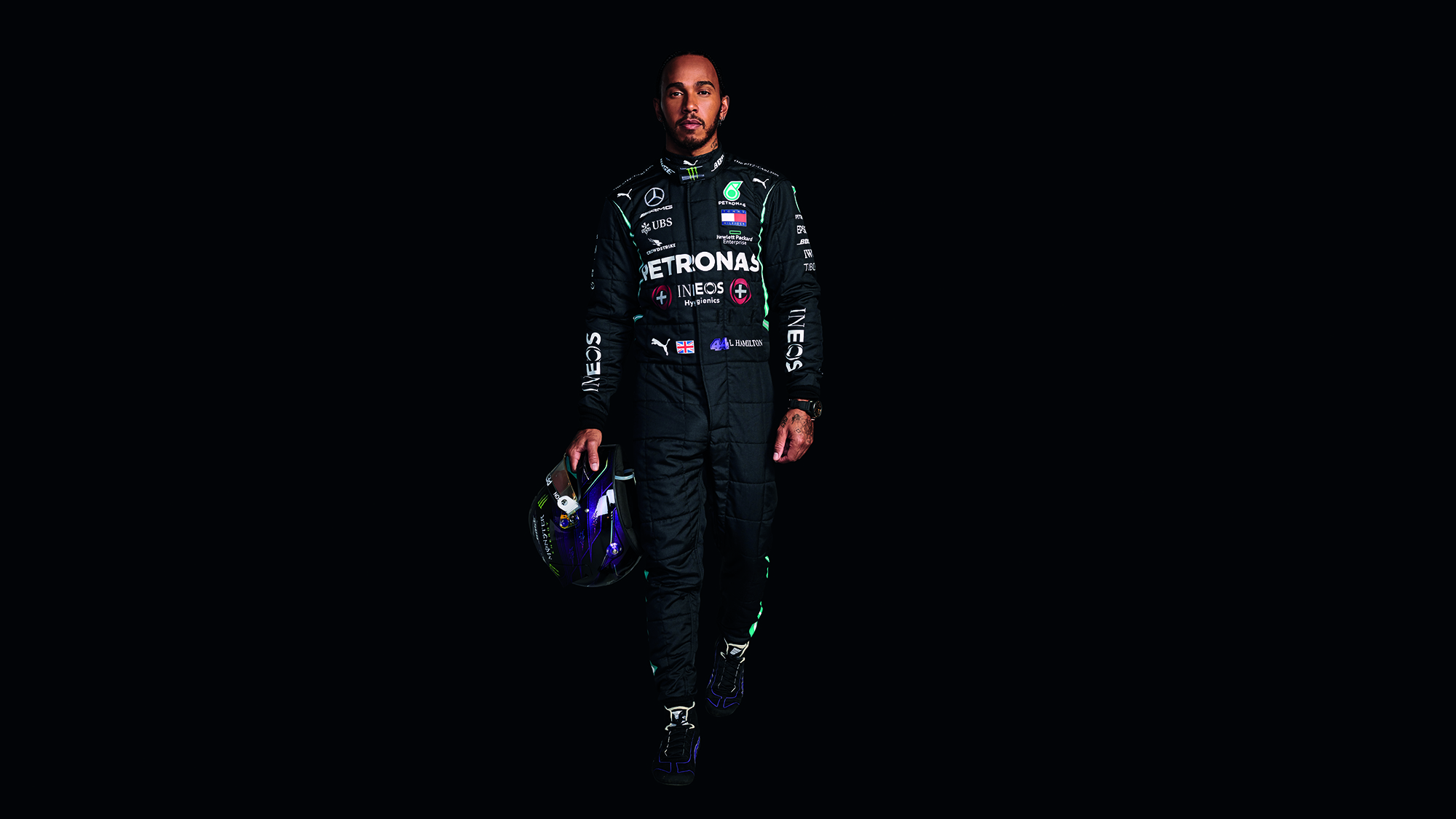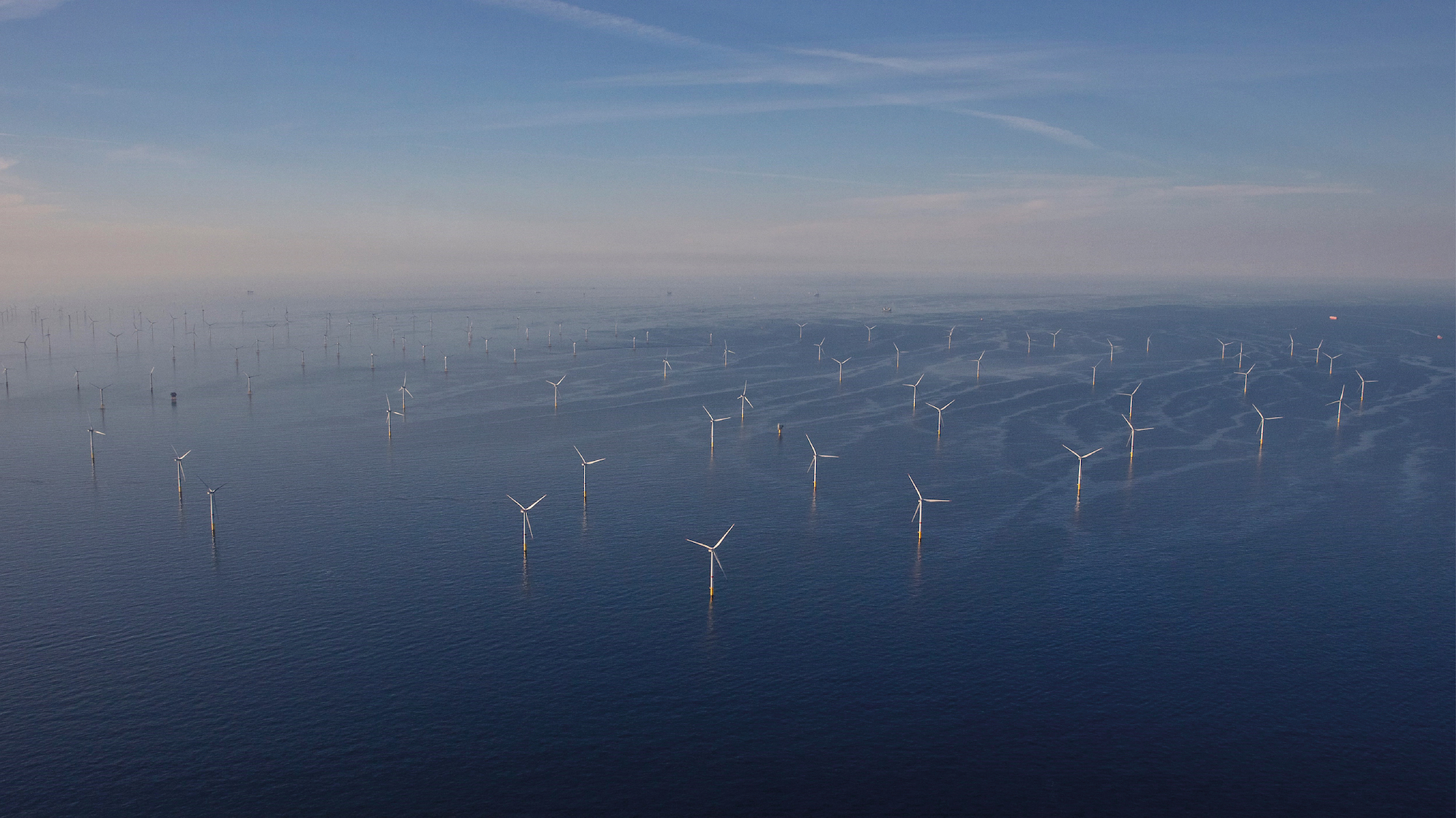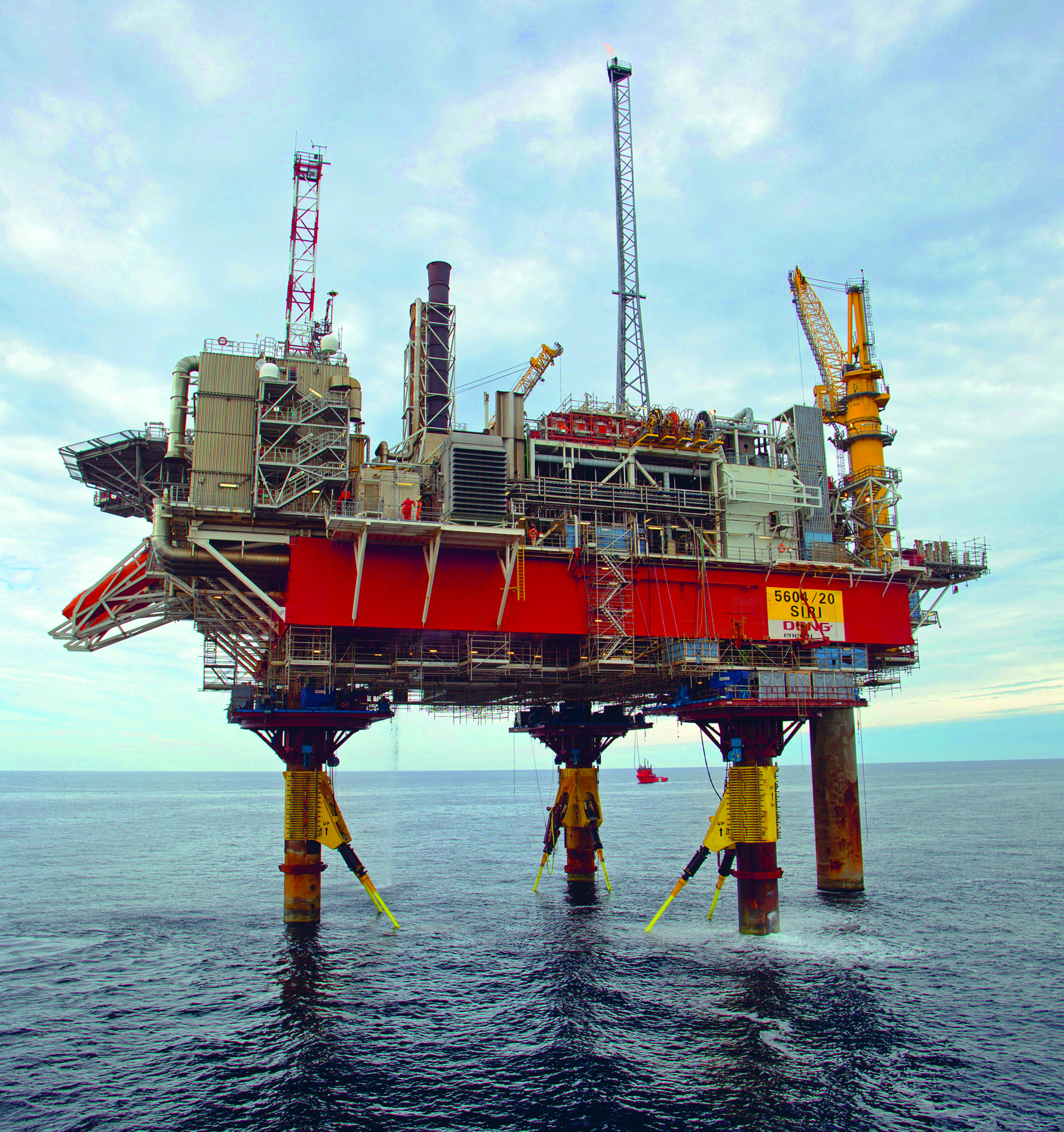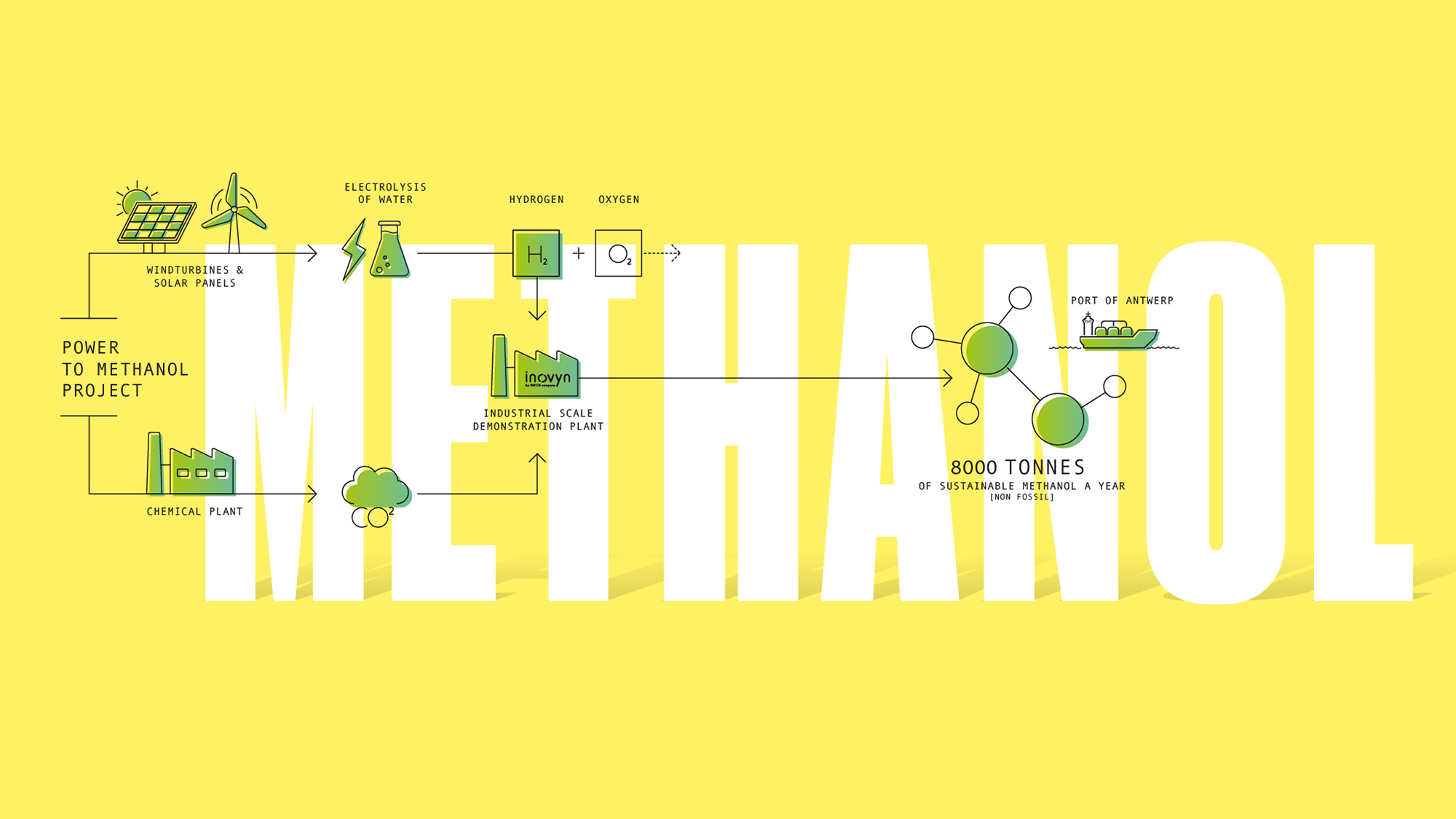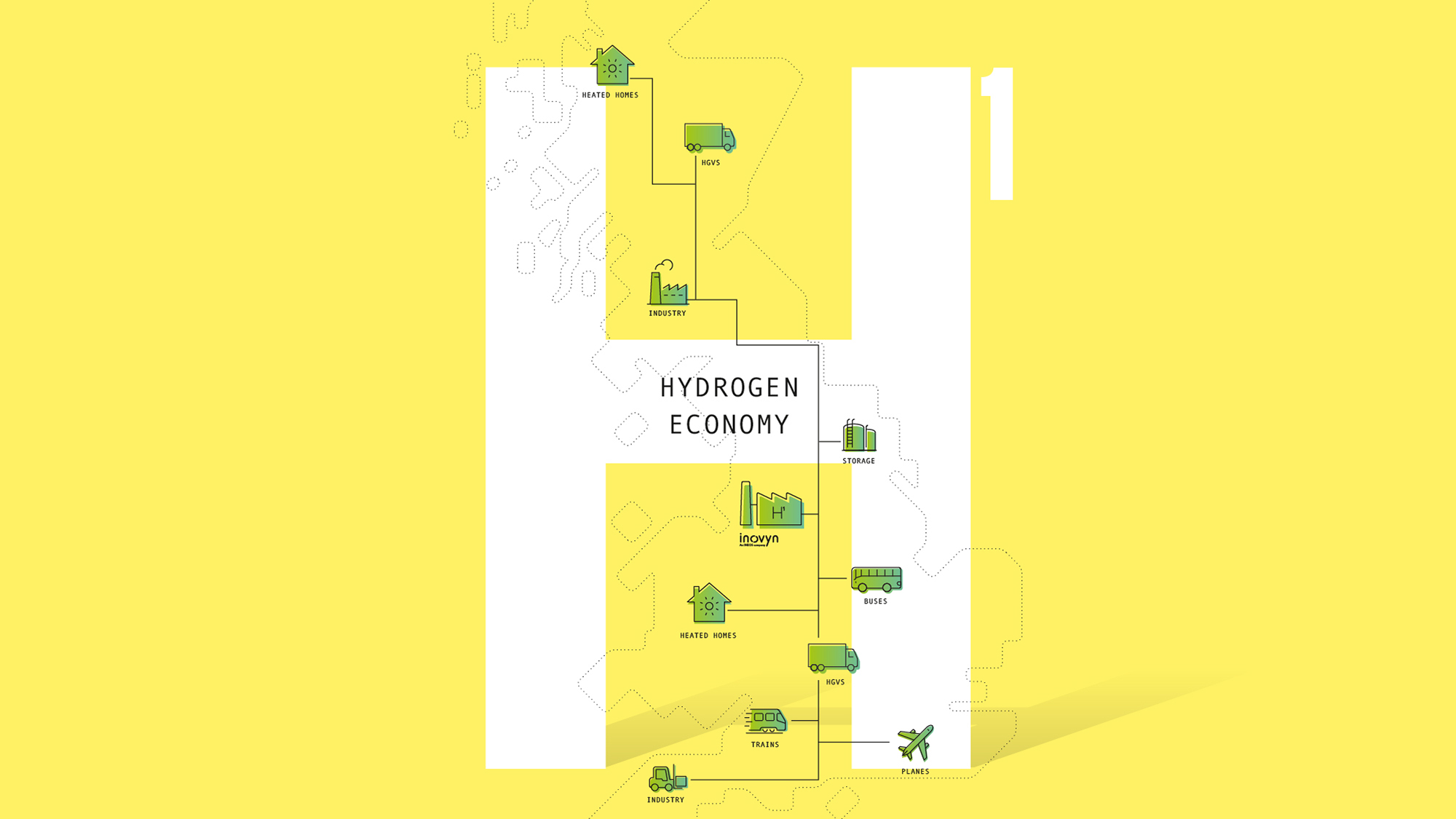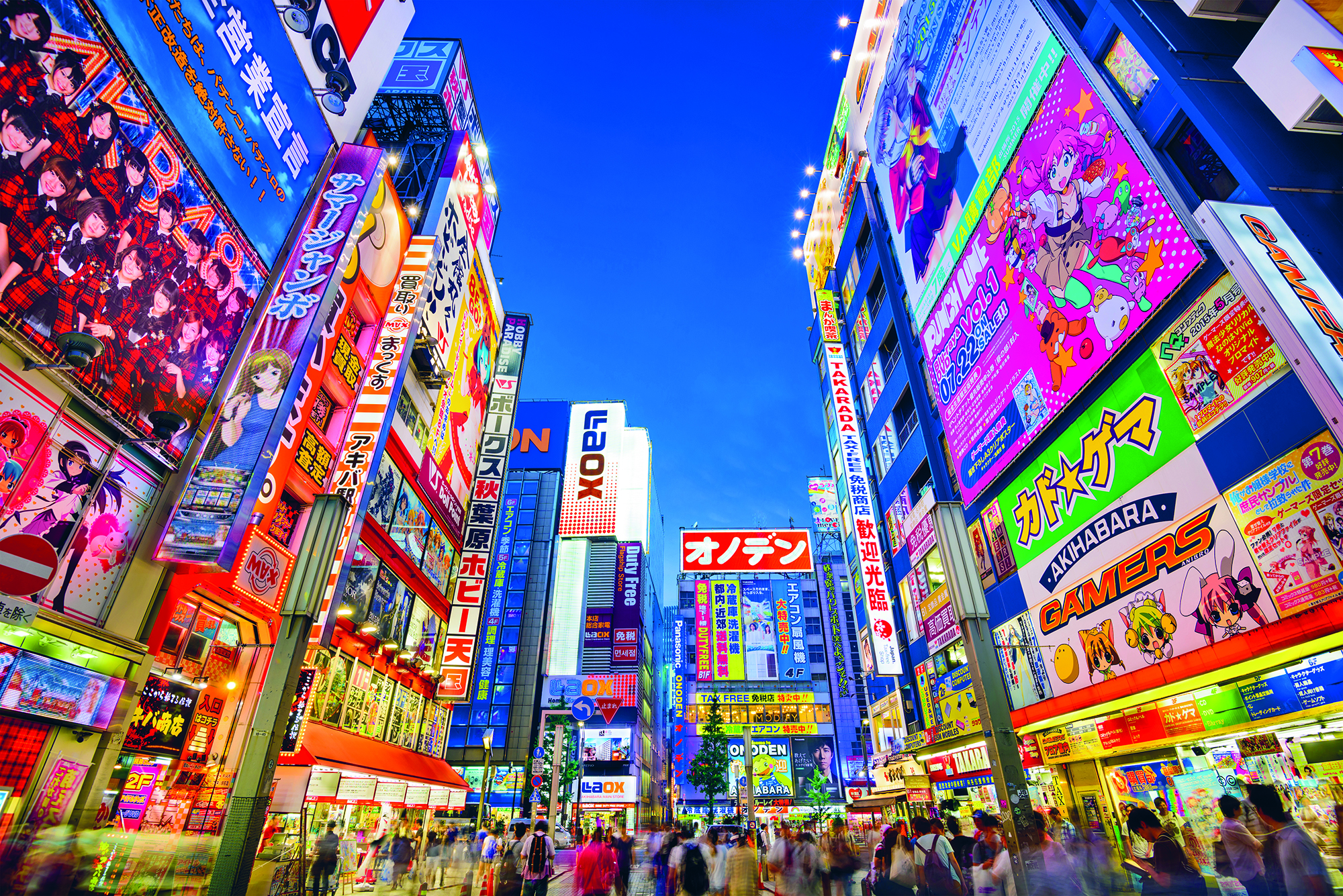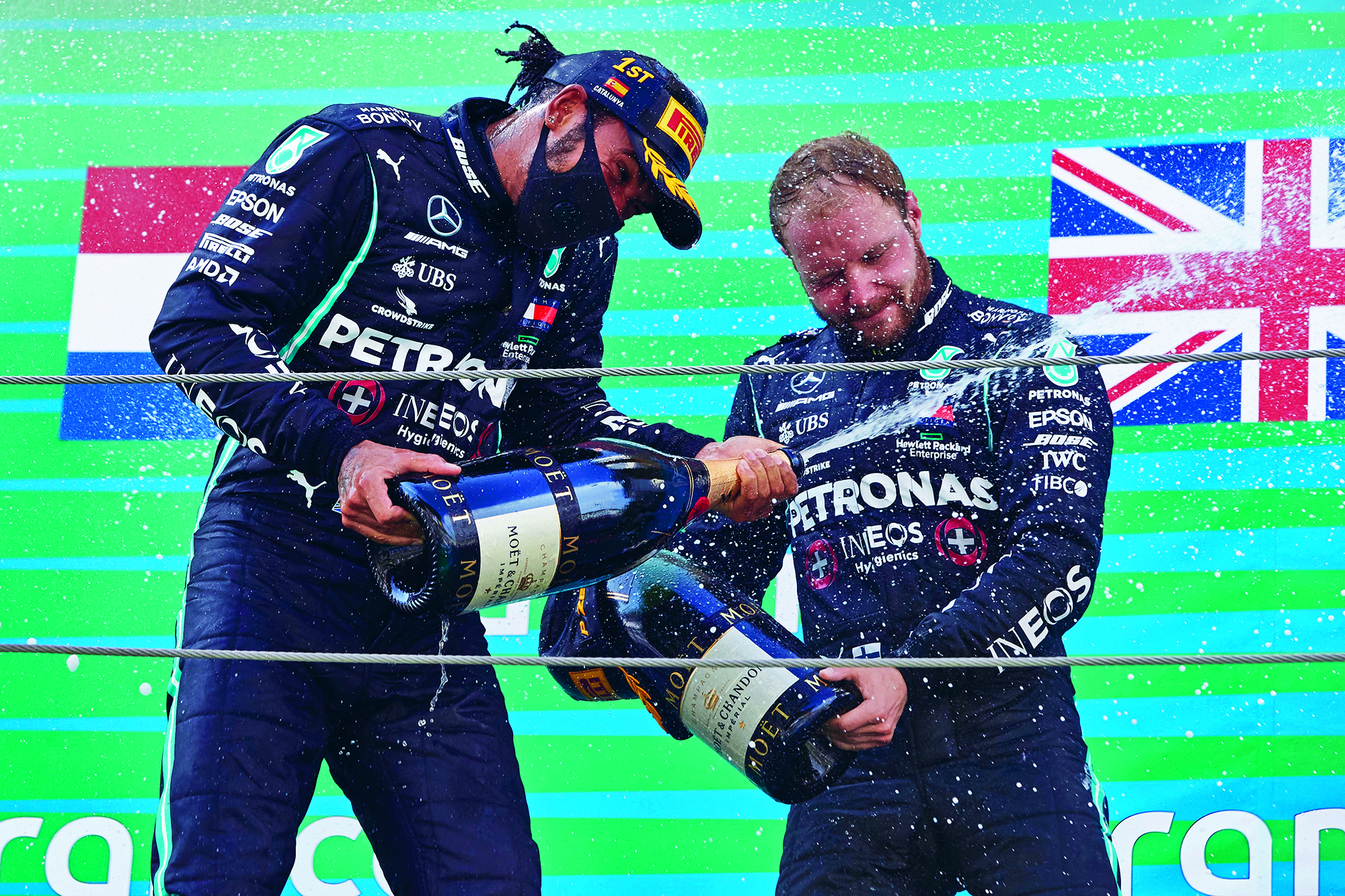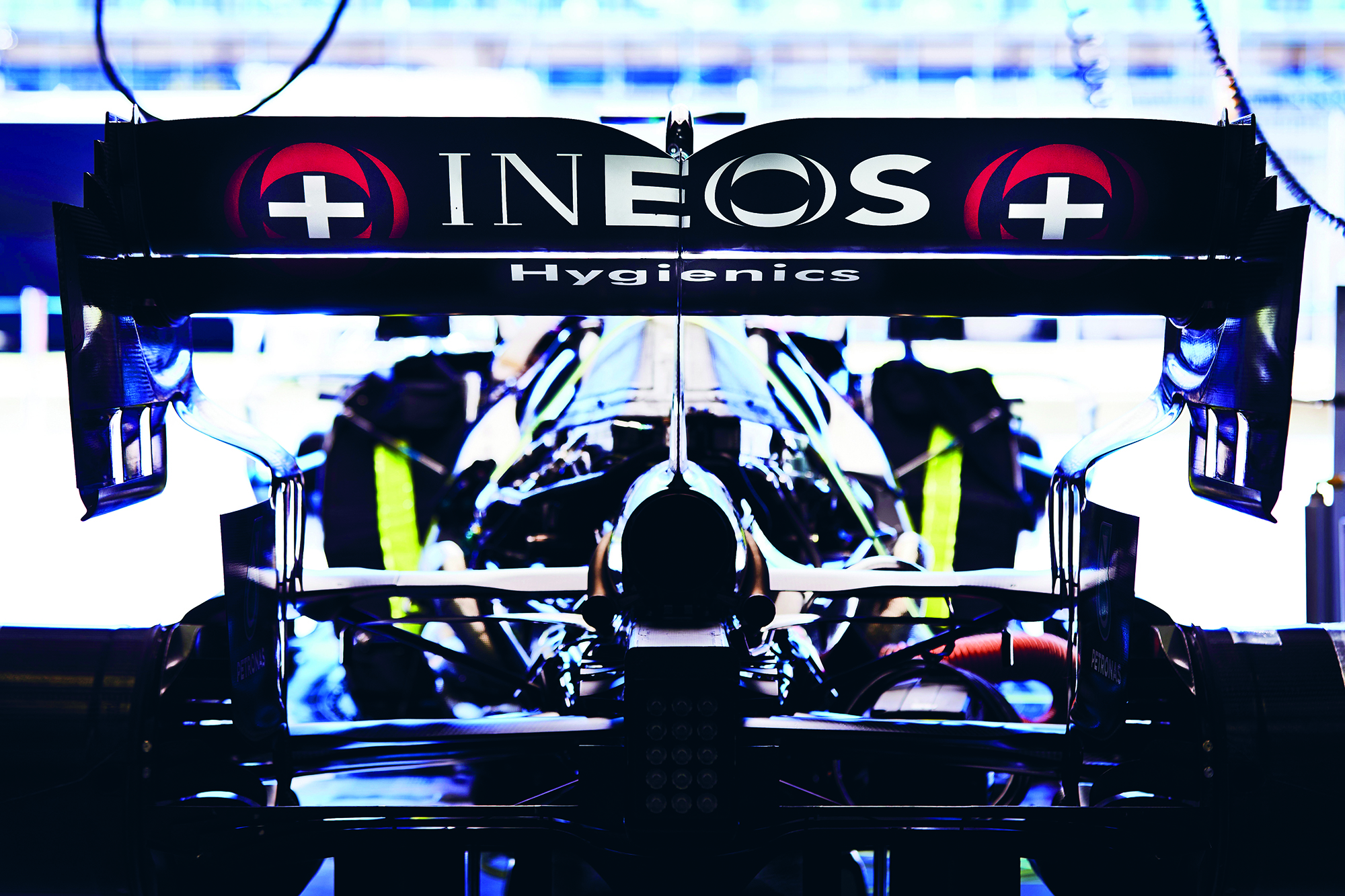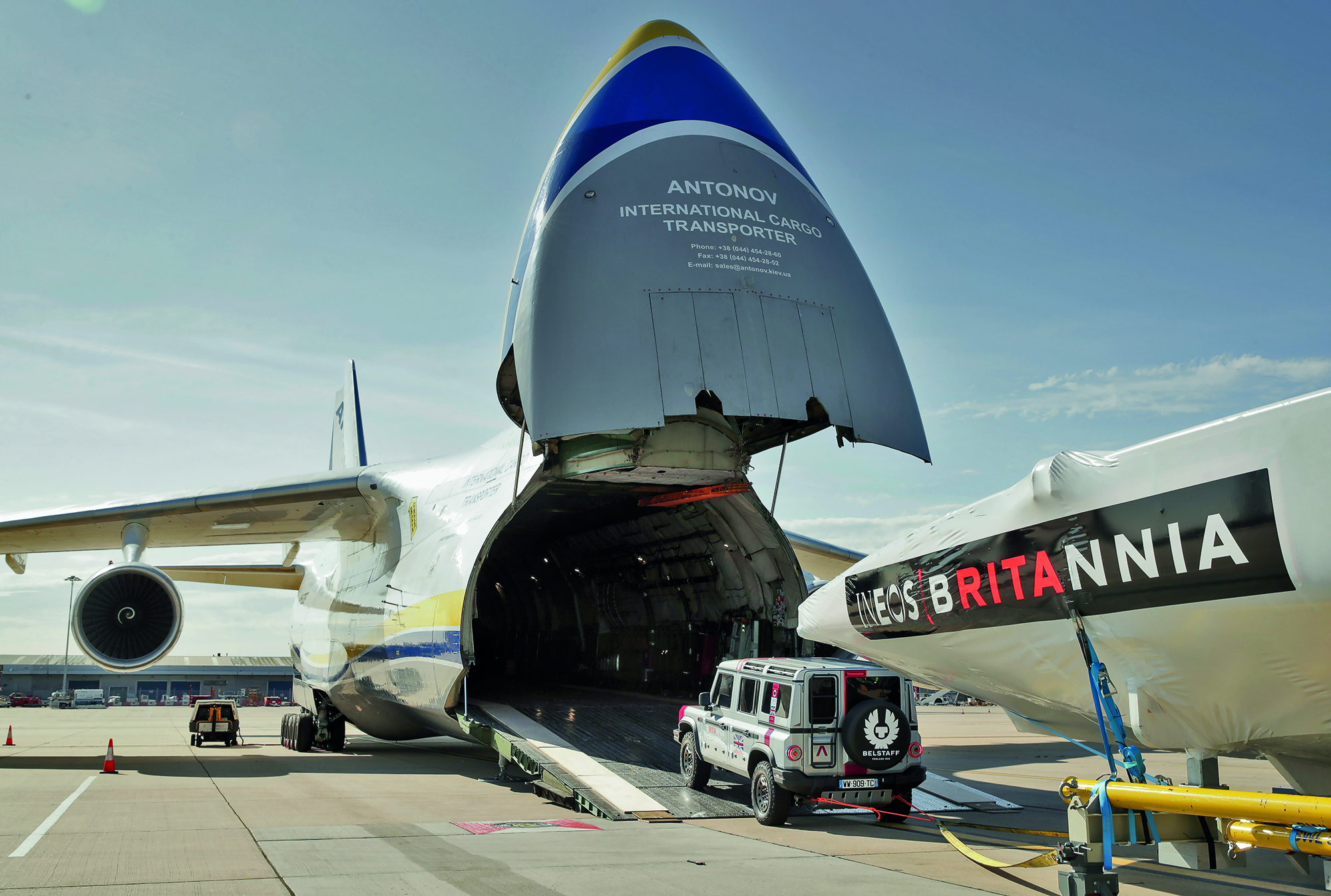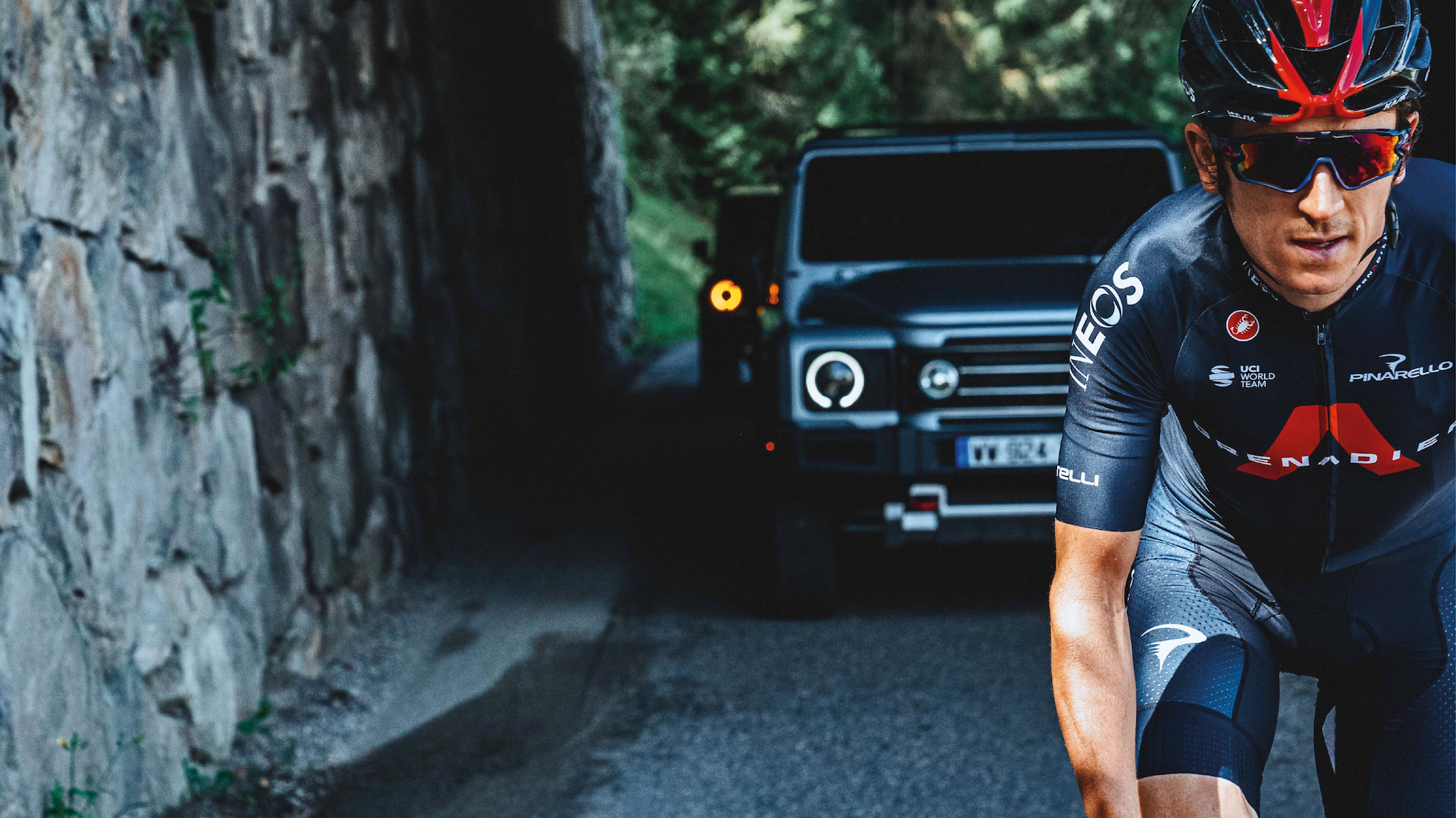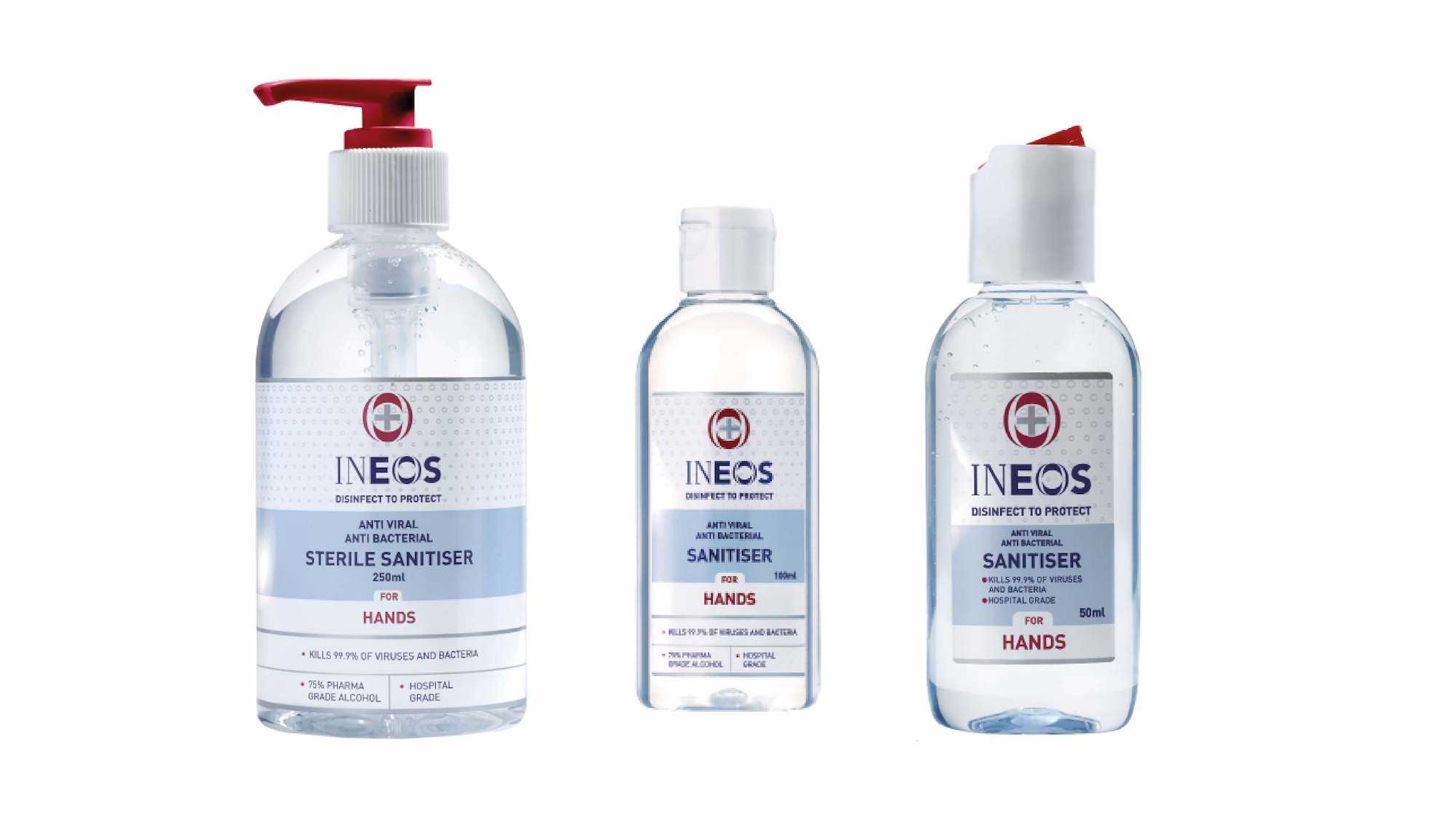SMALL charities, supporting those hardest hit by the global pandemic, have recently been thrown a lifeline by INEOS.
Over the past few months, employees at INEOS’ sites across the world have been tasked with finding out which local charities and community groups near them are most in need of emergency funding.
“Often a small donation can make a huge difference to these organisations, which are doing vital work in our communities,” said Ursula Heath, who has been co-ordinating the INEOS Community Fund. “So we decided to create a £1million charitable support fund, administered through several targeted grants of up to £10,000, to organisations where this would allow.”
As INCH went to press, 159 organisations in 15 countries, including the UK, America, Italy, France, Germany, Spain, Sweden, Belgium, Norway, Singapore, China and Canada had all been helped following requests from 67 INEOS sites.
“We were overwhelmed by the enthusiastic response of our employees and the volume and quality of grant applications,” said Ursula.The £1m international INEOS Community Fund was established by INEOS owners Sir Jim Ratcliffe, Andy Currie and John Reece as the world began to lock down in response to COVID-19.
Among those to benefit have been food banks, care homes, domestic violence shelters and poorer families needing help to pay their basic bills.
One food bank charity – the Restos Du Coeur branch based near Tavaux in France – said its charitable donations had fallen from €8,000 in March 2019 to just €80 in March 2020.
“We are delighted to be able to help them,” said Thibault Pagnot, Communications manager at INOVYN at Tavaux. The Food Bank in Singapore was given £10,000 by INEOS Styrolution to support its ‘Feed the City – Takeaway’ scheme.
“We have seen a surge of people in need with a daily request of more than 12,000 cooked meals,” said Ms Nichol Ng, co-founder of The Food Bank Singapore which sources its food from local restaurants.For Steve Harrington, President Global Styrene Monomer and Asia-Pacific, that was also important.
“We are not only providing some relief to the communities who are struggling, but we are also providing some support to the local businesses who are at risk of shutting permanently,” he said.
And at INEOS Composites’ site in Dublin, Ohio, officer manager Susan Drye said INEOS’ $10,000 would allow the Mid-Ohio Food Bank to provide $90,000 worth of food for the community.
“This has been very much appreciated by our communities,” said Susan.
Other causes supported by the fund have included elderly and disabled care homes, mental health support lines, and organisations providing educational materials to disadvantaged children so that they could continue learning with schools closed.
“We want to provide hope, and INEOS giving us this money will help us to do it sooner” – Deanna Frey, executive director,
Charity offers hope of a better life for single parent families
Mother Seton Housing
Americamothersetonhouse.com
SINGLE parents, who desperately need the time and the courage to change their lives for the better, have found a friend in INEOS. But Deanna Frey, who runs the charity Mother Seton Housing, says INEOS’ decision to help financially means so much more than that.
“What it has done more than anything is to show them that someone believes in their future,” she said. “It would not have mattered if they gave us just $1.” Seton House provides single mothers – and fathers – with more than just a home.
“That’s what it was in the early days,” said executive director Deanna. “But we realised we needed to do more to break the cycle of poverty by providing hope, resources and a plan.” An INEOS Community Fund donation of £5,000, organised by INEOS’ WL Plastics Mills Production Facility in Wyoming, USA, has helped them to speed up the launch of a new course that seeks to understand what every parent wants to achieve in their work and personal life, what’s stopping them and, more importantly, what they need to do to make it happen.
“We want to provide hope, and INEOS giving us this money will help us to do it sooner,” she said. “There is no way we could have got this far without INEOS’ help.” Seton House will use the curriculum developed by Kansas City’s Connections to Success, which has helped to create a more vibrant and inclusive economy.
Lessons learned in Kansas City will help Seton House in Casper, Wyoming, enormously – even though the two cities are radically different. The thinking is that fundamentally people’s basic needs don’t change.
Seton House is not just talking to its residents about they want. It also visits local employers to ask them what skills they are looking for in potential staff. The three-week course will explore all aspects of life, including relationships, education, health and parenting. The hope is that the course will allow residents to become more independent and take back control over their own lives. But the support does not end when the course ends.
“We tell them that we will always be here for them,” said Deanna. “If they need mentors, we are here.” Most of those who seek Seton House’s help are homeless, single-parent families. “They may have been staying with friends,” said Deanna. “But we have also had people living in cars with their children.” Many may also have suffered physical or mental abuse. “They are at rock bottom when they come to us,” said Deanna. Shanell Mullen was one of them. She was homeless, jobless, pregnant and had a 10-year-old daughter when she sought help.
“They believed in me when I didn’t believe in myself,” she said. Today, she no longer lives at Seton House. She has a full-time job, a car and lives in a three-bedroomed apartment with her three children, having regained custody of her second son. “I have hope, goals and dreams,” she said. “I see a future.”
When the charity was founded 31 years ago by Brother Raymond Phillips, there were just three apartments. Single parents were allowed to stay for just 30 days. “It was later extended to 90 days but it just wasn’t enough time to help them,” said Deanna.
Today the charity, which relies almost entirely on the public’s generosity, offers homes to 30 single-parent families for two years. But the charity’s support does not end after two years thanks to a unique partnership with a local housing association to provide rentable homes.
“What’s wonderful is that our families are accepted for who they are,” said Deanna. “Many are those we help may have been told that they are stupid and won’t amount to anything. By INEOS helping us, they are also telling our residents that they are worth it.” For Michelle Xikes, a single mother who works at INEOS-owned WL Plastics, that matters enormously. She first heard about Seton House in 1997 when she left a potentially physically abusive relationship.
“I was pregnant at the time,” she said. “Luckily I never had to go there as a resident but I knew how important it was.” Over the years, she thought about what she could do to help. She had recently started donating items and then heard about the planned course.
“Seton House relies on donations which have been badly affected by COVID-19,” she said. “When I heard that INEOS was asking for nominations for a grant, it was perfect timing. The grant will ensure the mentor programme gets started.”
Care homes’ call for help answered
The Rotary Club of Sarreguemines
Francerotary-club-sarreguemines.org
AS the COVID-19 crisis swept through France, staff at INEOS Polymers in Sarralbe were keen to help.
“We rapidly knew the needs in our region were huge,” said Georges Scherrer, who works at the site.
Hospitals were desperately short of PPE for doctors, nurses, midwives, radiologists.
But it wasn’t just hospitals. Care homes were struggling to get hold of PPE too to protect themselves – and their residents – against the virus.
“Mortality rates in care homes had increased by 30% in parts of our region,” said Georges.
Nursing homes especially needed facemasks that met World Health Organisation specifications but they weren’t cheap.
As soon as the INEOS Community Fund was launched, the team at Sarralbe had a charity in mind to support.
The Rotary Club of Sarreguemines, which was coordinating the relief effort, were invited to make an application, and the INEOS Community Fund responded with a €10,000 donation.
“The only protection these homes had were the visors the rotary club had already distributed to them,” said Georges.
Since then, INEOS has also donated thousands of bottles of INEOS hand sanitiser to places where it was needed.
“We now see some children going to school with our hand gels,” he said.
“We rapidly knew the needs in our region were huge” – Georges Scherrer
Food bank serves over 520K meals
Restos Du Coeur
Francerestosducoeur.org
A FOOD bank charity is counting its blessings after the INEOS Community Fund came to its aid. The Restos du Cœur for the Jura area had feared it might struggle to feed people after it managed to raise just €80 in charitable donations in March 2020 compared to €8,000 in March 2019.
“The constraints of the lockdown due to COVID-19 meant we just couldn’t raise any more money,” said Georges Leneez, Président of The Restos du Cœur for the Jura area in France.
But the need for food was still there.Sébastien Demontrond, a shift manager at INOVYN Tavaux site, had previously worked for the charity as a volunteer – and was aware that the charity would logistically struggle to meet the growing number of people in need.
He suggested, to his management, that an INEOS Community Fund grant could help to pay for a refrigerated truck, which would allow fresh food to be delivered. A €10,000 grant was approved and quickly paid.
Marc Hanquet, Opérations Manager at Tavaux, said the site, as the largest private employer in the area, knew it could make the difference.
“We were aware that many people could be economically impacted because of COVID-19 so they too would be relying on the charity,” he said.
Last year The Restos du Cœur’s 462 volunteers served more than 520,000 meals to 4,320 people; this year it is expected to be much higher.
It is not the first time, though, that INOVYN has helped the local community to cope with the effects of COVID-19.
“We have donated face masks, bleach solution specially made by INOVYN Tavaux, and INEOS hand gel to local medical staff, but it makes us especially proud to do more,” said Marc.
“The constraints of the lockdown due to COVID-19 meant we just couldn’t raise any more money”
– Georges Leneez, Président of The Restos du Cœur for the Jura area in France
“The coronavirus pandemic created unprecedented challenges for everyone, we saw a 35% increase in demand for meals. Each day, we were serving approximately 400 meals to the community.”
– Doug Smith, Light of Life Ministries director of development
INEOS helps to feed city’s poorest people
Light of Life Ministries
Americalightoflife.org
A CHARITY struggling to feed hundreds of homeless and poor people in Pittsburgh, America, built a makeshift restaurant with the help of the INEOS Community Fund. Light of Life Ministries erected a 40ft by 40ft tent – and also extended meal times – so that it had enough room for people to eat their breakfast, lunch and dinner while keeping their distance from others.
“We took every precaution to keep people safe,” said Doug Smith, the charity’s director of development. Demand for the charity’s help had increased because so many other services in the city were closed.
“We knew that if we were not here, those in need did not have an option,” said Doug. “Many of the people had encountered addiction, abuse and mental illness. We were here to help those who lives literally hang in the balance.”
But the charity, which also operates a food bank and an emergency shelter where men can shower and sleep, took safety precautions.
It bought disposable cutlery, latex gloves, portion-sized condiments to reduce handling and cross-contamination and basic cleaning materials.
It also rented portable hand washing stations and ensured that the dining areas were thoroughly cleaned after each shift. “The coronavirus pandemic created unprecedented challenges for everyone,” said Doug.
“We saw a 35% increase in demand for meals. Each day, we were serving approximately 400 meals to the community.”
Demand for the charity’s food bank had also increased greatly.
“At one stage about 40 community organisations were coming to us to get food for the hundreds of men, women, and families that they serve,” he said.
In April alone, the charity gave away 50,000lbs (22,600kgs) of food. Food was also distributed to those living in high-rise flats or who were unable to leave their homes due to COVID-19 symptoms.
Its emergency shelter for men remained open throughout the pandemic – and was full every night. Vitamin C-supplemented electrolyte drinks were offered to boost their immune systems – and they were provided with a portable potty.
“Many people would not have thought how the closure of all public toilets would affect those living on the streets,” said Doug. All this, though, cost money.
And it was money the charity did not have. To help ease that burden, INEOS Composites on Neville Island co-ordinated a $10,000 donation through the INEOS Community Fund.
“We thought about Light of Life as a potential grant recipient immediately during the pandemic,” said Melissa Morgan, a material handler at the site.
“They aim to meet the needs of the most vulnerable every day and additional COVID-19 precautions have certainly made it more challenging.”
The charity said it would do whatever was needed to help those most in need. “We believe this is going to be our finest hour at the mission,” said Doug.
Helping hand for children with cancer
Oncology Physiotherapist
Germany
THE INEOS Community Fund has offered to pay the lion’s share of a physiotherapist’s salary so she can continue to help children with cancer.
Over the past three years, parents, doctors and friends have raised about £15,000 a year to ensure she can regularly visit the children on the paediatric oncology ward in Mannheim, Germany.
“She motivates the sick children to get out of their beds to do playful activities,” said Dr Gregor von Komorowski, CEO of The German Leukaemia Research Aid Campaign for Children with Cancer.
“These exercises help the children to fight against their illness and reduce the side-effects of chemotherapy.”
But COVID-19 has taken its toll on fund-raising and cut her funding. “The pandemic has affected our work substantially,” said Dr Komorowski.
To help with the charity’s challenges, the local INEOS Styrolution in Ludwigshafen worked with them to apply to the INEOS Community Fund for a grant.
The INEOS Community Fund offered €10,000 towards the physiotherapist’s salary – and will also contribute towards new furniture in the children’s playroom. “We are so grateful to INEOS,” said Dr Komorowski.
The charity group was founded in 1979 by parents whose children had cancer. “Throughout all these years, our aims have remained the same,” he said. “We want to support research and help families cope but our work is exclusively financed through donations.”
Manuela Bleiziffer, from INEOS Styrolution who helped to apply for the grants, said she felt incredibly proud of her employer. “In times of crisis, it is easy to forget how well you are doing when your family and friends are healthy and you have work yourself,” she said.
“But INEOS hasn’t. It is actively working to help organisations that are struggling to survive.”
Together until death do part
Winchester Hospice Charity
United Kingdomwinchesterhospice.com
THE INEOS Lyndhurst site has donated £15,200 through the INEOS Community Fund to buy a specialist double, hospital bed that will allow loved ones in hospice care to spend their final nights together.
It has given Winchester Hospice Charity in the UK the money to provide what is known as a “cuddle bed” – a standard-sized hospital ward bed that can be transformed into a double bed at the touch of a button. “It will make such a difference to so many families,” said clinical matron Maddy Thomson.
“And it’s lovely to have such positive news in the current climate.” The bed, which was bought with a grant from INEOS’ £1 million community fund, is currently at Royal Hampshire County Hospice in Winchester.
But it will transferred to the new 10-bed Winchester Hospice when the two-storey Burrell House is fully restored next spring. “We greatly appreciate INEOS’ support,” said Malcolm Ace, Chief Financial Officer at Hampshire Hospitals NHS Foundation Trust.
The importance of cuddle beds emerged in June when a couple, who had been married for 75 years, were being treated at separate hospitals and facing death apart. “They both needed end of life care but the family could not visit either of them because of very restricted visiting due to COVID-19,” said a spokesman for The Countess of Brecknock Hospice in Andover, Hampshire. The hospice, though, was able to transfer them both to Brecknock where they are now being cared for in a spacious room with a cuddle bed.
“She motivates the sick children to get out of their beds to do playful activities”
– Dr Gregor von Komorowski, CEO of The German Leukaemia Research Aid Campaign for Children with Cancer
